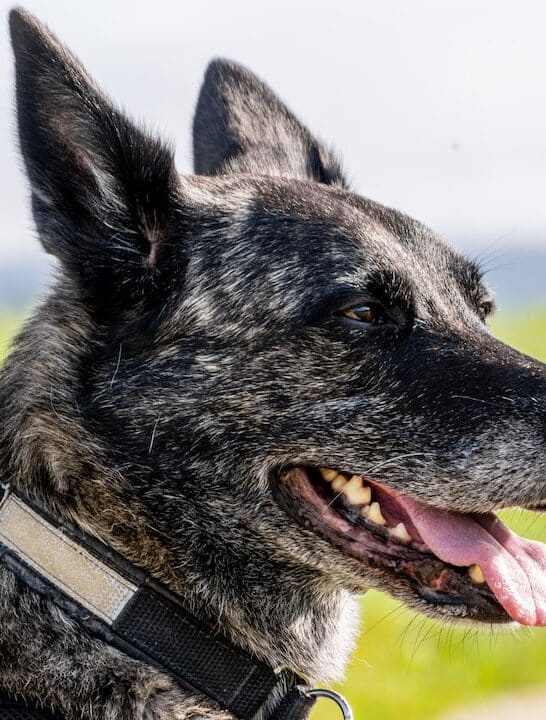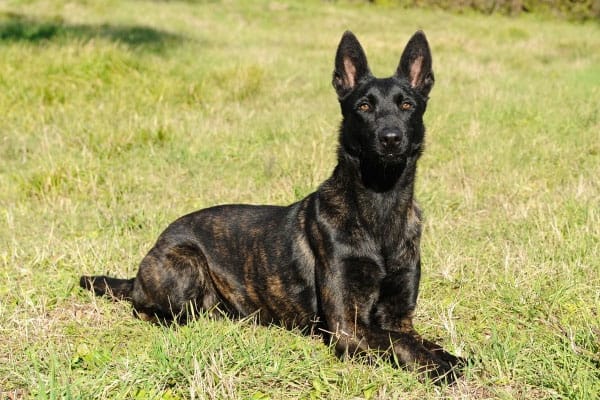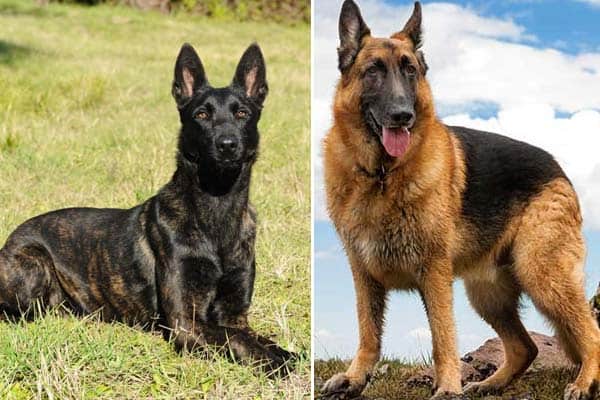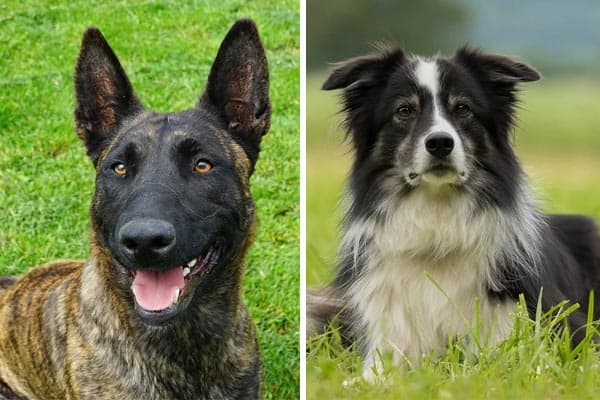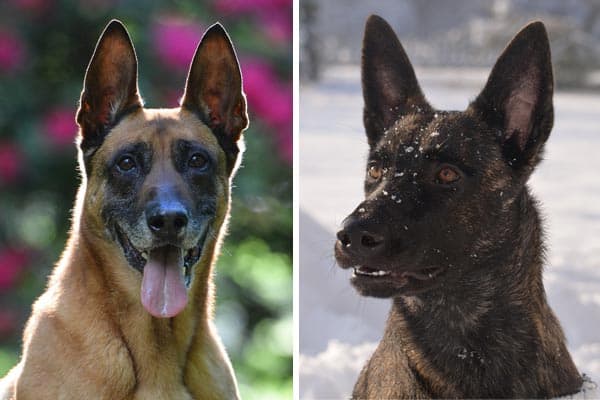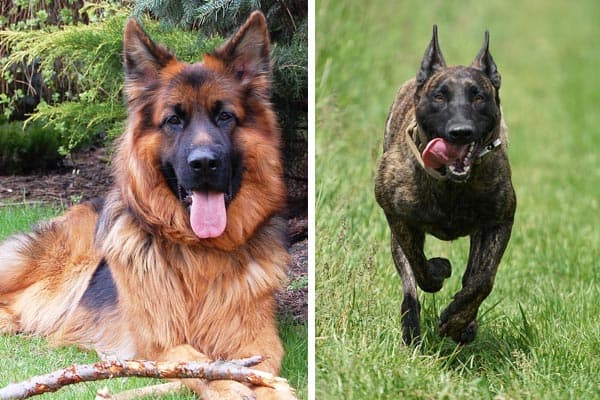Do Dutch Shepherds Shed: the Long, Short and Hairy Truth
In the world of dog breeds, there are two distinct camps: non-shedding dog breeds and shedding dog breeds.
This is true even though the idea that there is any such thing as a non-shedding dog breed is a myth.
All dog breeds shed. But some breeds have a coat type that catches the shed hair before it falls to the ground, making owners think the breed doesn’t shed.
Fortunately or unfortunately, you will never have this issue with the Dutch Shepherd, a dog breed that many owners have nicknamed the “Dutch Shedder,” as this Dutch Shepherd owner forum illustrates.
Do Dutch Shepherds shed? They sure do! But there are some factors that can influence how much a Dutch Shepherd sheds, including coat type, grooming habits, and time of year.
In this article, we get up close and personal with a very hairy issue indeed – Dutch Shepherd shedding.
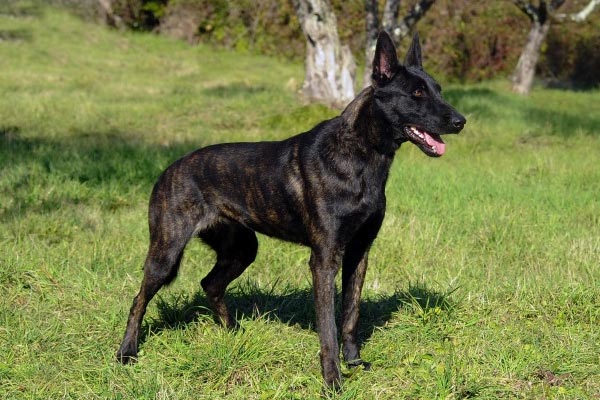
Do Dutch Shepherds Shed and If So, How Much?
As you just learned in the introduction here, Dutch Shepherds are somewhat famous for how much they shed!
Just hearing the nickname “Dutch Shedder” probably gives you a fairly accurate idea of how often and how much a Dutch Shepherd can shed.
Dutch Shepherds will shed lightly to moderately year-round as hairs fall out and are continually replaced in both the outer coat and the undercoat.
Once or twice per year at the changing of the seasons (depending on how extreme your local weather is), a Dutch Shepherd will do something called “blowing coat.”
As the term indicates, this period of shedding can make you feel like your dog is literally losing every hair on their body.
The purpose is twofold:
1. In the fall, the coat blow is designed to completely replenish the thick insulating underlayer for winter so the dog will stay warm in extreme cold, or
2. In the spring, the coat blow is designed to thin out the undercoat so the dog will be able to stay cool in extreme heat.
Experienced Dutch Shepherd owners highly recommend keeping three tools handy during the coat blow periods:
1. A vacuum cleaner.
2. A dustpan and broom.
3. A de-lint brush (this is for you and your clothing).
Why Do Dutch Shepherd Dogs Shed So Much and Is This Normal?
While watching your dog literally drop their coat all around them may feel alarming the first time you see it happen, this is actually quite normal for most dogs in the “shepherd” (working) group of dogs.
The reason is that the canine coat for many working dogs has evolved over generations to protect the dog from the elements and potential predators.
As you learned in the previous section here, it is common for working dog breeds like the Dutch Shepherd to have a thick double layer coat. The two layers are as follows:
1. The outer layer is water-repellant and is made up of longer, coarser hair.
2. The under (inner) layer that sits next to the skin is a softer, thick, and insulating layer of hair that serves the exact same function – to keep the dog warm and dry.
The coat also serves to provide moisture-wicking – to draw moisture away from the skin to evaporate so the dog doesn’t develop infections or attract parasites.
This is especially important when you consider that dogs cannot sweat through their skin the way that people do. They can only sweat through their paws and by opening their mouth and panting.
So having a moisture wicking coat is the only way a Dutch Shepherd can cool down continuously during very hot weather.
The Three Types of Dutch Shepherd Coats: Short, Long and Rough
The American Kennel Club (AKC) explains that while modern Dutch Shepherd dogs all exhibit a brindle coat pattern, these dogs are bred with three different coat types: short hair, long hair, and rough hair (medium length coat).
You can see a picture of all three hair coat types side by side on the Dutch Shepherd Dog Club of America (DSDCA) home page.
Unfortunately, having a short coat Dutch Shepherd doesn’t mean you will deal with less shed hair, only that the hair being shed will be short rather than long.
The DSDCA has also issued guidelines for how and how often to groom and bathe Dutch Shepherd dogs with each coat type.
Short hair coat type
As the name suggests, the Dutch Shepherd with a short hair coat type will have short, straight hair that gives this dog a neat and sleek appearance. The outer layer of hair is coarser and the inner layer is very fine and thin.
Dutch Shepherds with short hair need to be brushed every few weeks and more frequently during the coat blow periods to control shedding.
Bathing typically only needs to be done if your dog has rolled in something smelly!
Long hair coat type
The long hair coat type on a Dutch Shepherd gives these dogs a softer, fancier appearance. The outer coat layer is thin and fine with a soft wave at the end. The inner layer is thin and fine and very soft.
Long coat Dutch Shepherd dogs will need to be brushed at least weekly and more frequently when the coat blow season begins.
Some long coat Dutch Shepherd owners decide to learn to groom and trim their dog’s coat at home while others prefer to use a professional groomer. Either way, expect to do this every few months at a minimum.
Bathing should only need to be done if your dog rolls in something smelly. But it is always smart to use a detangling solution to make it easier to brush out the long coat afterward.
Rough hair coat type
The rough hair coat type on a Dutch Shepherd gives this dog a windblown and somewhat scruffy or disheveled appearance.
Because the rough coat type is more apt to trap the shed, dead hair in the coat itself, this coat type is more likely to mat and tangle during the coat blow periods.
This coat type can be brushed or hand-stripped (hand-stripping is when you use your hand as a brush, running it through your dog’s coat to pull out the shed, dead hairs).
Hand-stripping can be done quarterly and brushing should be done at a minimum of monthly.
Bathing can be offered as needed or if your dog starts to smell.
Learning to Cope With a Dutch Shedder: Tips, Tricks, and Tools
As this short YouTube video made by a Dutch Shepherd owner explains, having the right tips and tools can make it much easier to cope with the constant shedding.
Even if you decide to take your Dutch Shepherd to have professional grooming, it is still important to assemble a home toolkit for brushing and bathing your dog as needed.
At a minimum, you will probably want to keep these Dutch Shepherd grooming tools handy:
Bristle brush.
De-shedding tool.
Stainless steel grooming comb.
Canine de-tangling spray or conditioner.
Canine shampoo with appropriate pH balance for dogs.
Canine clippers to trim the hair on ears, paw pads, and around sensitive areas.
Toenail clippers or Dremel nail files for nail trims.
Solution for cleaning your dog’s ears at home (ask your veterinarian what to use).
With these tools in hand, you can cope with the Dutch Shepherd’s shedding coat as needed on a daily basis.
























